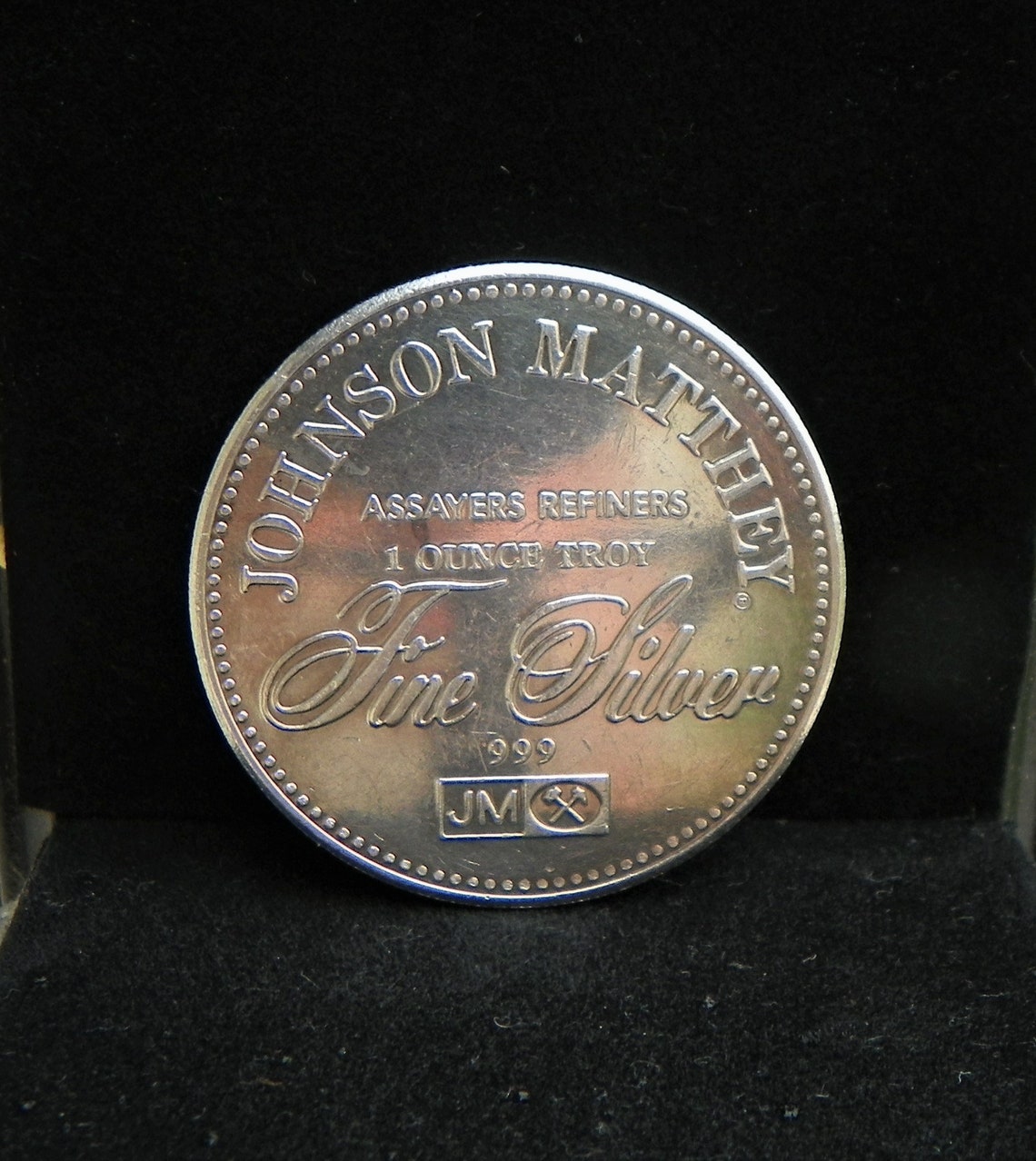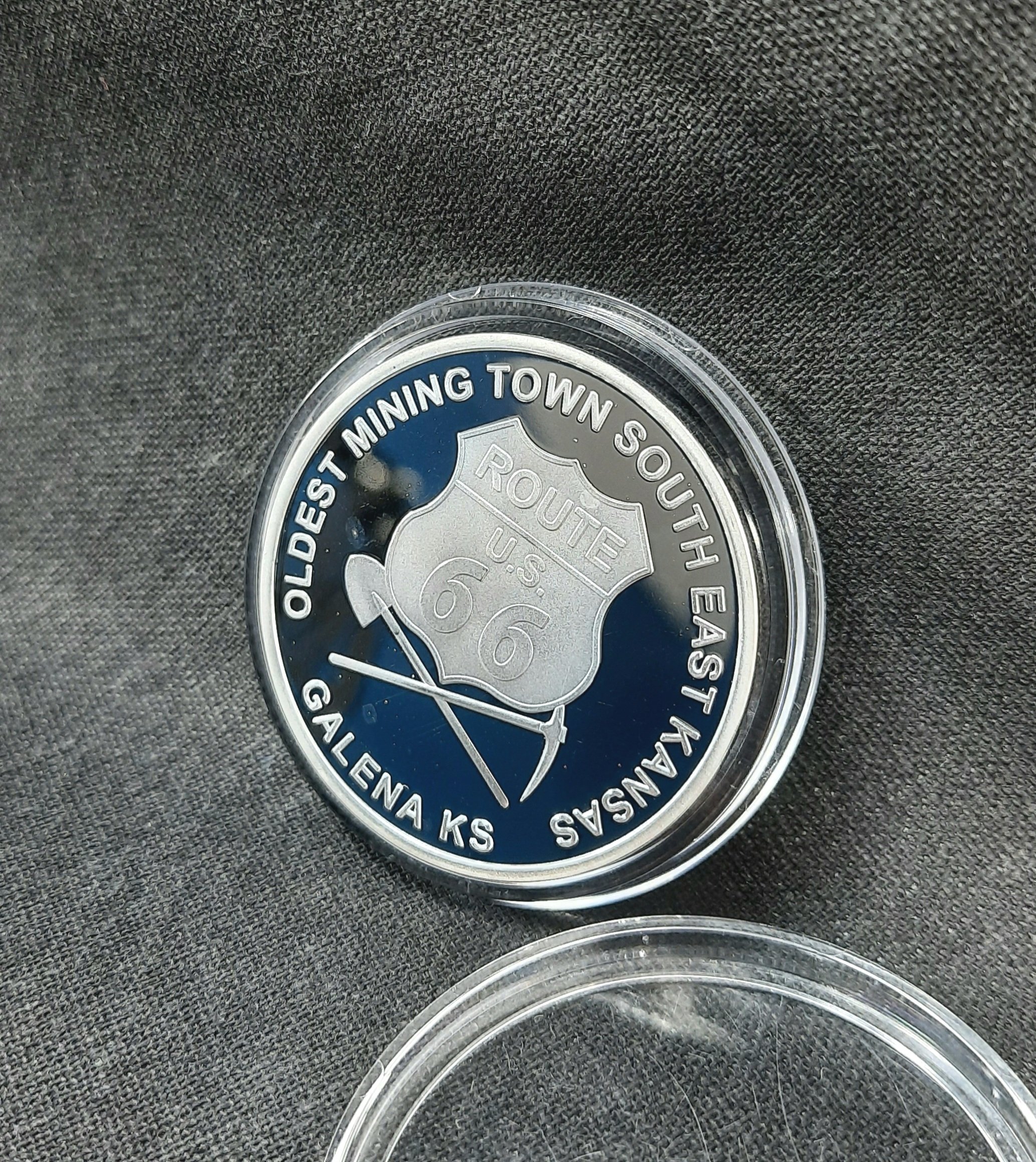

Most coins start with a concept, not a metal, and then work from there.

Sorry but doesn't seem like there is enough information such as even what the coin is about to be of interest. At $42 a pop I am sure you would have a couple that would travel, but I am sure most would never see the outsidde of a binder, in which case is tracking even worth it? I guess if you are paying this much another $1.50 isn't even going to be noticed. How many of us can barely keep their $8 coins out there travelling without being stolen or muggled. Regardless of that, I don't see many people buying them, and surely not for a travelling coin. I am always amazed at a new person coming in here with a coin idea, and having the price BEFORE they even have a design! Whatever happened to getting a design together and going to a coin company with it to get your prices before you start setting them, or at least announcing them? The cost of that fancy equipment and extra care is passed into the cost of the coin. The base metal Geocoins pressed in china and elsewhere are done in in a much more "relaxed" atmosphere with less specialized machinery and less exacting tolerances for alloy composition and blank size. "untouched" Proof coins are pressed in clean room out of precisely calibrated and tested alloys. The specialized equipment that you mention above that mints (like the US Mint) use for pressing precious metals is exactly what I am talking about when I say that minting silver coins is intrinsically more costly than the base metal coins geocachers are used to. a base alloy coin at a big mint is the same except for the materials. I'm afraid I have to disagree that the cost of pressing a silver coin vs.

Unless there is some extra process (Like sticky fingered employees walking off with half your metal.). Overall though the cost of pressing a coin is going to be the same except for the materials. The US Mint will use a more intense process on some coins to create a proof or better finish (Bullion coins and Proof Coins have different finishes from the US Mint). But now I've opened the flood gates to the age-old "what is a GeoCoin" debate so I better get outta here while the gettin's good!Ī coin maker has much better equipment and would press blanks. More a collector's art coin than a geocoin. But to make a trackable coin in a large edition number that is sealed and can't be touched just seems weird to me. Yes - I know, how can I say that when I cast silver "GeoCoins" myself? I did a very small edition that I knew would be secreted away into binders and picture frames and would never see the inside of a cache. Where am I going with all this? Welp, I guess I feel that a coin of such expense (both in labor and in metal value) kind of goes beond the label of "Geocoin". This extra care in the casting/stamping process means it is more costly (in labor and materials - above and beyond the casting metal price) to mint precious metals than is is to press coins out of a base metal. You don't really sweat it if you spill a bit of bronze - but silver is so $$ that you keep track of every scrap (even more so with gold).

Casting in precious metals is a costly and painstaking business. I was able to sell the ultra-small edition fairly quickly - but I am sure that would not have been the case if I minted 200+ silver coins. I made an edition of 10 sterling silver coins a year or so ago on a whim to see how my personal coins would look in silver. First off, I hope I am not breaking any forum rules by discussing one of my old (non-trackable) coins - if so - I'm sorry!


 0 kommentar(er)
0 kommentar(er)
